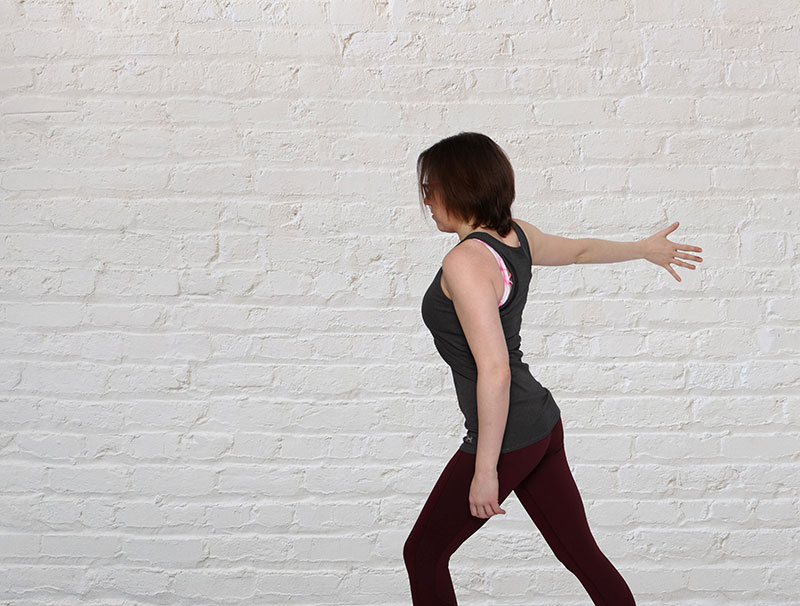Arms stretches

STRETCHES AND MASSAGE THERAPY FOR ARMS
The human arm is an essential part of the body; its usefulness cannot be overemphasized. Arms are divided into three major parts, which are the bones, muscles, and nerves. ; what would we do without our arms? We need our arms to work and run our daily activities.
Pain can be referred to as any discomfort experienced either from other parts of the body or from shoulder, wrist, and elbow. Arm pain happens for several reasons; most of the common causes include injury or overuse of the arm muscles.
Causes of Arm Pain
There are different causes of arm pain; it is usually accompanied by mild to severe symptoms. Some of the common cause of arm pain include:
Sprains
Sprains are common injuries gotten from exercising, heavy lifting, etc. They are tearing or stretching of the ligaments or tendons. For mild arm sprain, some home remedies can alleviate the pain. For severe strains, though, surgery might be required. Some home remedies for arm sprain include:
- Icing the spot for 20 minutes repeated 4 to 8 times daily
- Resting the arm
- Compress the arm using a cast, boots, splints, or special bandages
- Take pain killers
Tendonitis
Tendonitis is the inflammation of the tendon in the shoulders, elbows, and wrists muscles. The pain can range from mild to severe; you can alleviate the pain by:
- Resting your arm
- Please do not indulge in any strenuous work with it
- Massage with ice for 15 minutes to lessen the swelling
Broken bones
A broken or fractured bone can cause sharp and intense pain. You can hear an audible snap when the bone in your arm breaks, depending on the severity of the fracture. The treatment for a broken arm depends on the type of fracture that happened. Also, the time needed for healing depends on the severity of the injury and other conditions. Some common treatment for arm injury includes:
- Surgery
- Immobilization
- Setting the bone
- Therapy
- Medications
Arms Stretches Therapy
Arms stretches are an excellent way to relieve pain. Although it is advisable not to indulge in strenuous exercise, some crucial upper arm stretches will ease your arm’s pain. Some upper arm stretches work the shoulder and upper back; this is because issues cause most upper arm pain in the shoulder.
The following are arm stretches you should do to ease your arm pain, strengthen your muscles, and reduce inflammation:
- Triceps stretching
In a standing or sitting position, raise one of your arms above your head and bend it towards your back behind the head. On the other hand, gently push back against the bent elbow. Sustain this position for 30 seconds to allow the tension to get to your triceps. Relax and repeat continuously for each arm for an effective result.
- Double arm stretch
Lie flat on your back on a foam roller with a bent knee and head supported. Engage your core muscles to maintain a flat back position. Gently tuck your chin to a neutral position and sustain the position. Gradually lift both arms over your head and maintain the position for 30 seconds.
- Shoulder stretching
In a standing or sitting position, cup your elbow with the other hand. Raise the elbow and stretch it across the chest without twisting moving your body. Sustain the stance for 30 seconds to allow the tension to get to your shoulder. Relax and repeat.
Arm Massage Therapy
An arm massage aims to reduce the pain and tension in the arm using different massage techniques. An arm massage focuses majorly on the muscles that make up the upper and lower part of the arm. There is a range of techniques used during an arm massage. Most common arm technique include:
- Kneading
Kneading is carried out on the part of the arm containing soft tissues. Your massage practitioner uses the pull and squeezes action to ease the tightness and increase cellular exchange. These muscles are loosened when these actions are carried out on the arm.
- Deep strokes
It involves the use of firm pressure on the arm using flattened hands and fingers—deep tissue massage ease muscle tension and tightness.
- Frictions
Frictions are done using fingertips or thumbs to apply pressure along the muscle fibres. This massage technique increases muscle temperature that helps break down collagen fibres that are built up in the muscle.
- Lymphatic drainage
This technique involves applying pressure in an upward direction along with the muscles. It helps remove metabolic waste via glands and reduce any excess fluid from the arm.
With how important our arms are, any little discomfort to the arms might be distraught by our daily activities. Depending on the cause, the pain can be abrupt, or it may increase and persist for a long time. Contact your doctor if the pain is unbearable.